Hospital TV Signal Options: IPTV, Satellite TV, Cable TV
In healthcare settings, providing entertainment options like TV is essential for patient satisfaction and comfort. A high-quality TV signal system is...
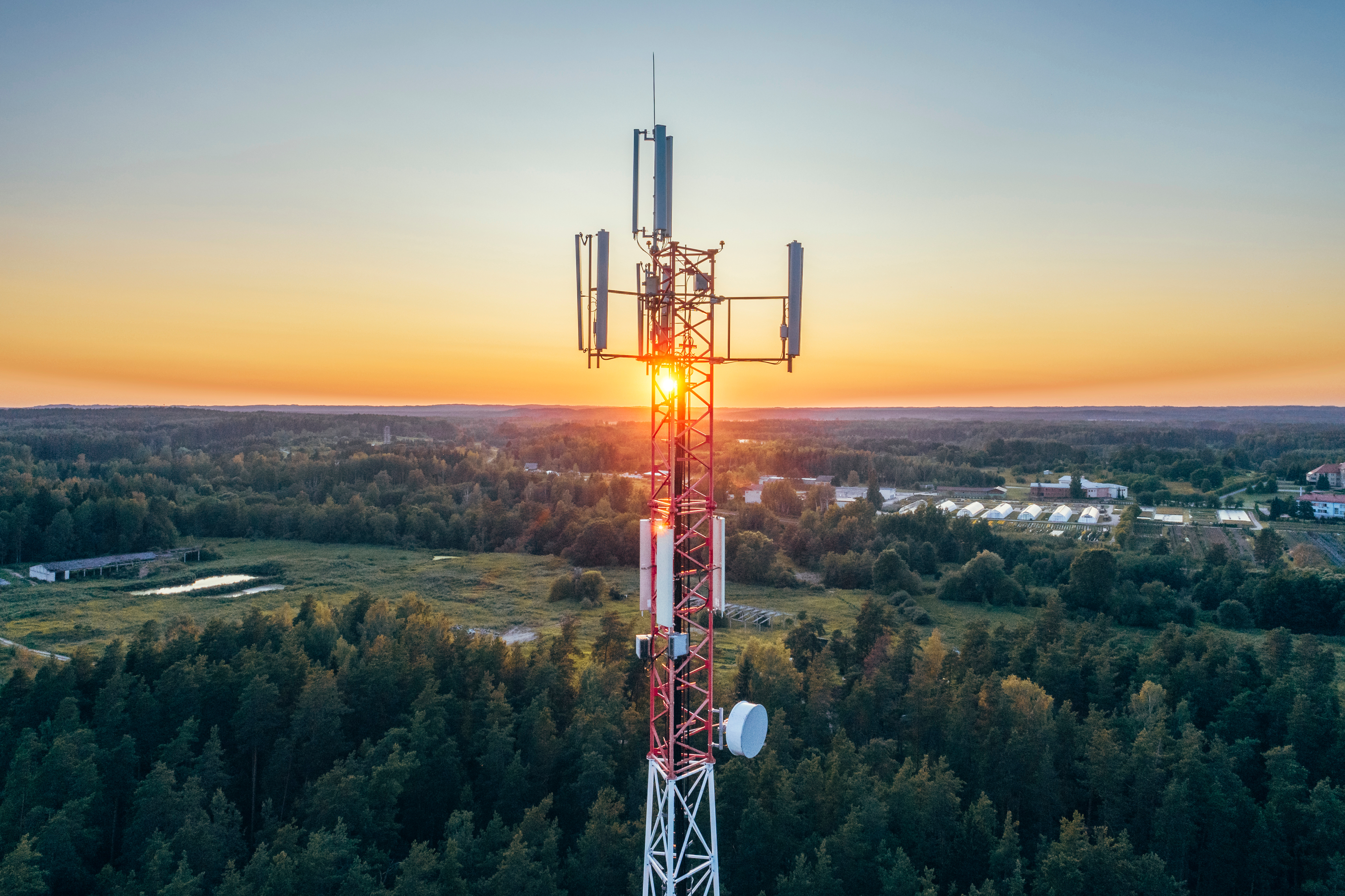
In a world dominated by cable TV and streaming services, rooftop TV antennas may seem like a thing of the past. However, with skyrocketing costs and limited content options, OTA solutions are making a comeback, providing healthcare facilities with a simple, cost-effective way to entertain patients.
Read on to explore how to leverage OTA and determine if it’s the right fit for your facility.
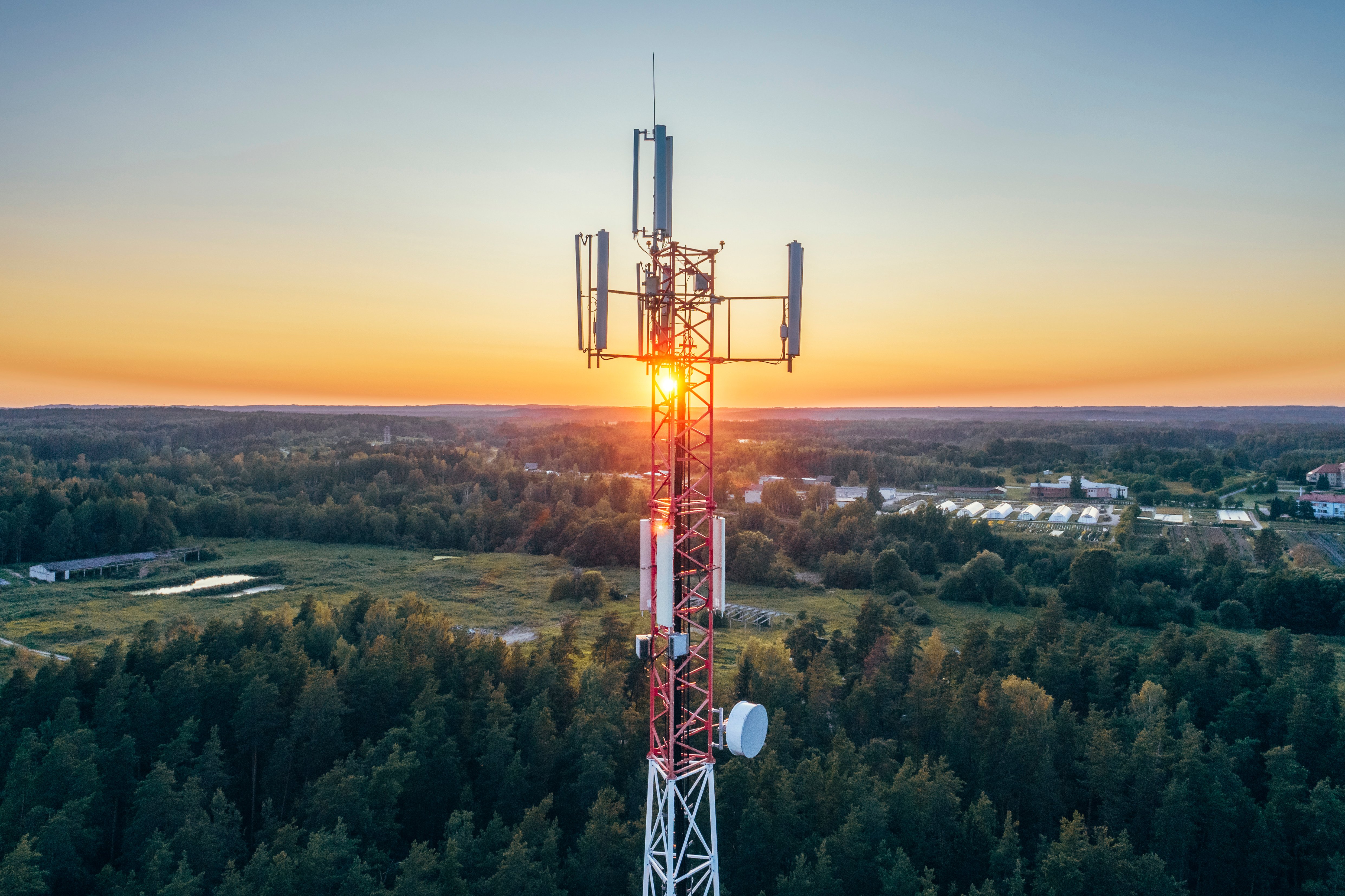
OTA, or over-the-air, refers to receiving broadcast signals from local television stations through the airwaves. Though this technology has shifted from analog to digital, the concept remains the same.
Digital televisions have tuners that capture digital television broadcasts without the need for set-top boxes. You only need an outdoor antenna, which can utilize your existing coax infrastructure in many cases. The digital TV signal is entirely free to enjoy.
The local channels include major networks such as ABC, CBS, NBC, and Fox. Depending on where you live, you can also scan for channels such as ME TV, PBS, and Bounce, among others. In fact, at one location our PDI ProServices team recently tested, we received over 32 channels from nearby cities.

Over-the-air TV is an alternative to consider if you're unhappy with your cable company's prices or channel options. This way, you can still offer patients live TV for news, weather, and emergencies.
It can also be a good option if you have been the victim of contractual disputes with carriers. Any signal provider can be subject to a loss of service or channels.
Another benefit of OTA is that it can be used as a standalone option, or can be used to complement your existing streaming services.
Lastly, some OTA channels are already broadcasting on ATSC 3.0. This offers a strong signal and high definition, usually better than most TVs found in homes currently.
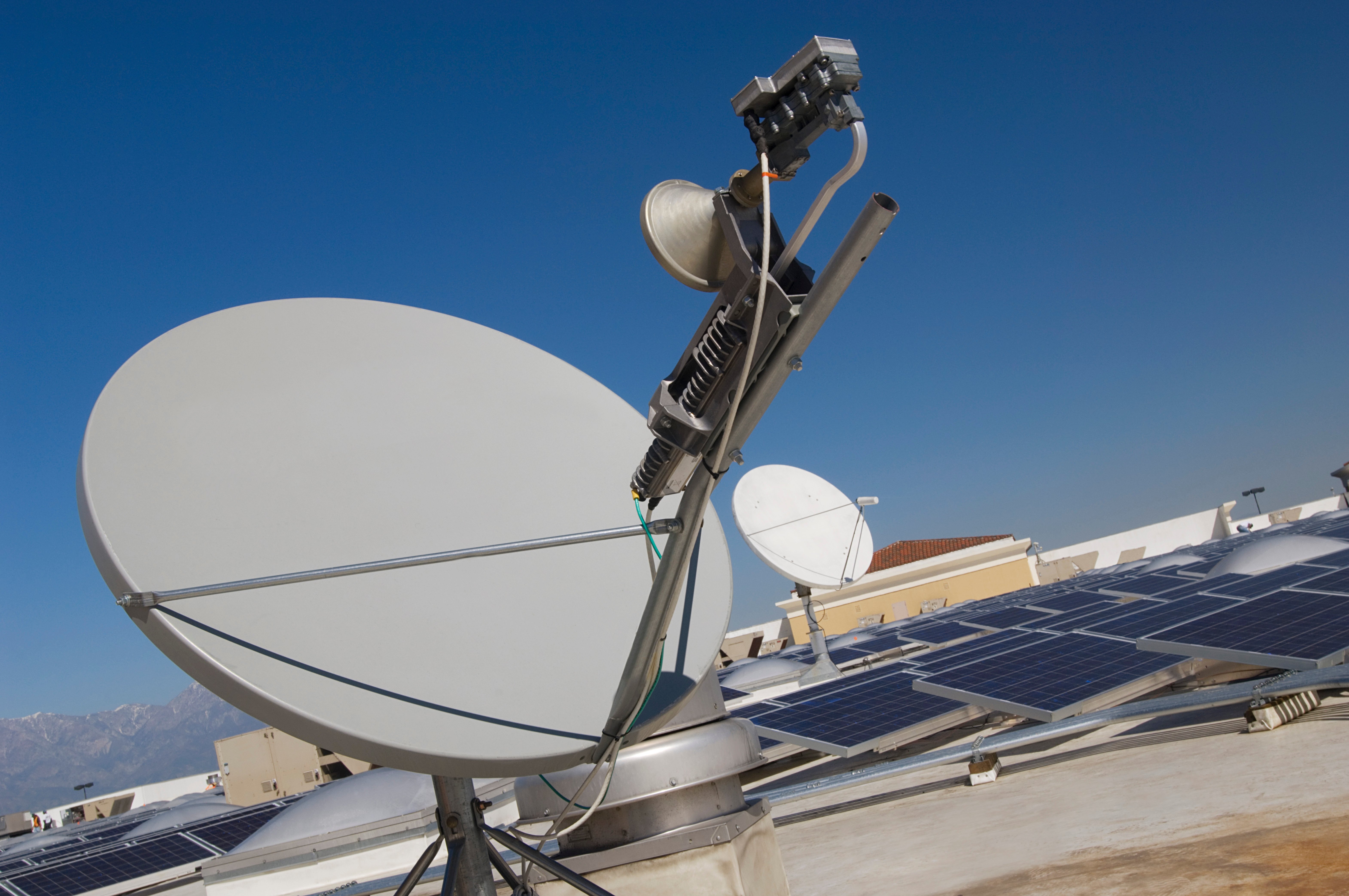
While OTA provides free access to a variety of channels, channel selection is limited and doesn’t cover premium channels. You may need to pay for a streaming app or a basic cable/satellite package for access to specific content.
Additionally, some rural locations may have minimal or no OTA channels at all because of a weak signal. However, tools are available to assess OTA availability and signal strength in your zip code.
For a personalized approach, take advantage of PDi's on-site evaluations. Our experts will visit your location, assess the situation firsthand, and provide tailored recommendations for reliable and high-quality OTA channel reception.
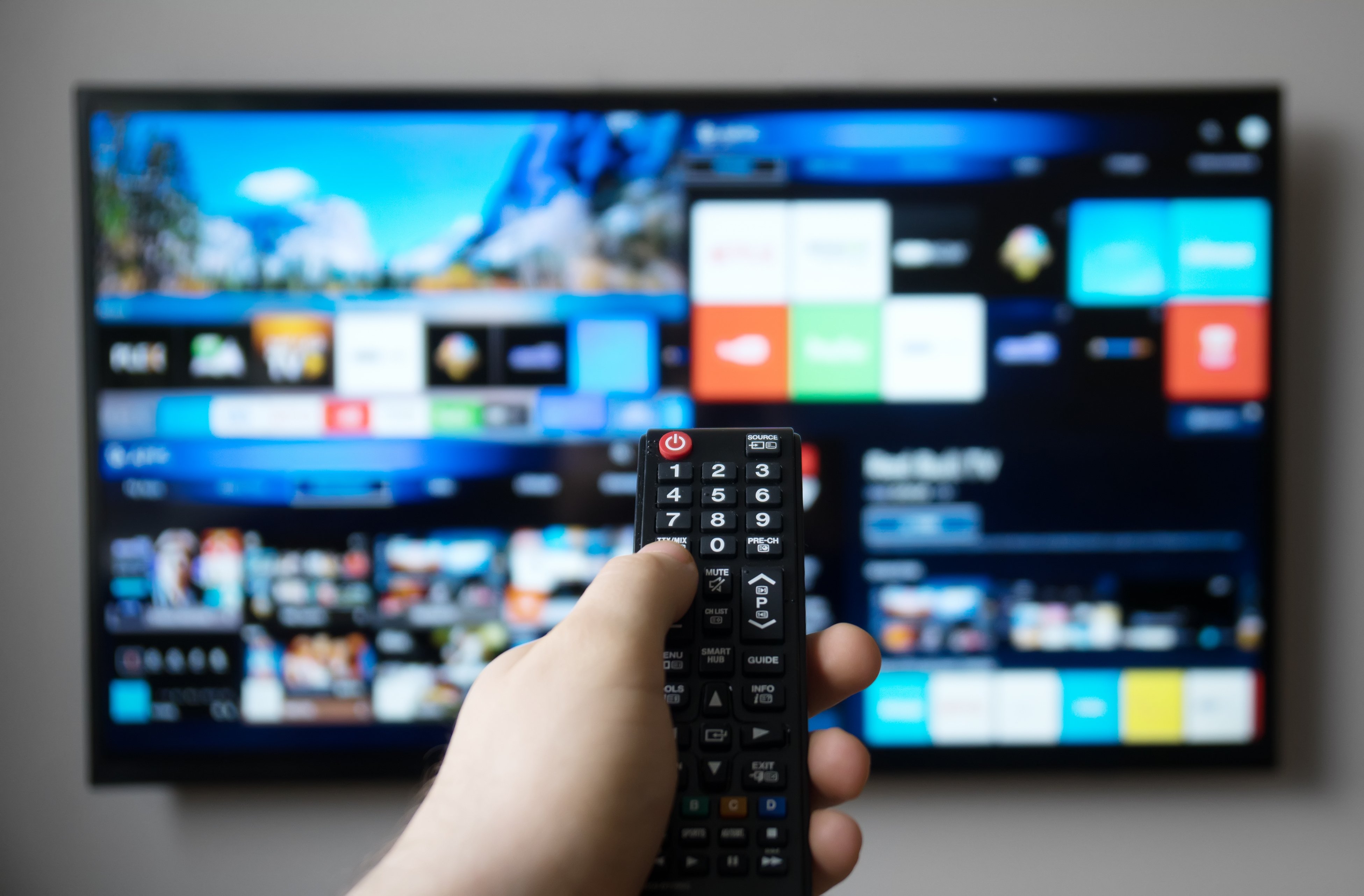
The most significant benefit of over-the-air TV is there are no ongoing subscriptions or fees once you have your antenna installed. Patients can enjoy a range of local TV channels for free, ensuring access to vital information. OTA also helps you stay connected to major TV networks if there's a contract dispute with your local carrier. Combining OTA with a smaller cable TV/satellite package or streaming service can further reduce expenses.
When more broadcasters roll out ATSC 3.0, there will be even more benefits. Channels will be broadcast in 4K HDR, with interactive features including TV guides. Those with IPTV can use a transcoder or edge QAM device to combine their signal into the multicast stream.
Lastly, some providers will charge you less if you get your local channels by OTA. DISH, in particular, offers incentives and promotions for using TV broadcast.
CLICK HERE for a DISH consultation.
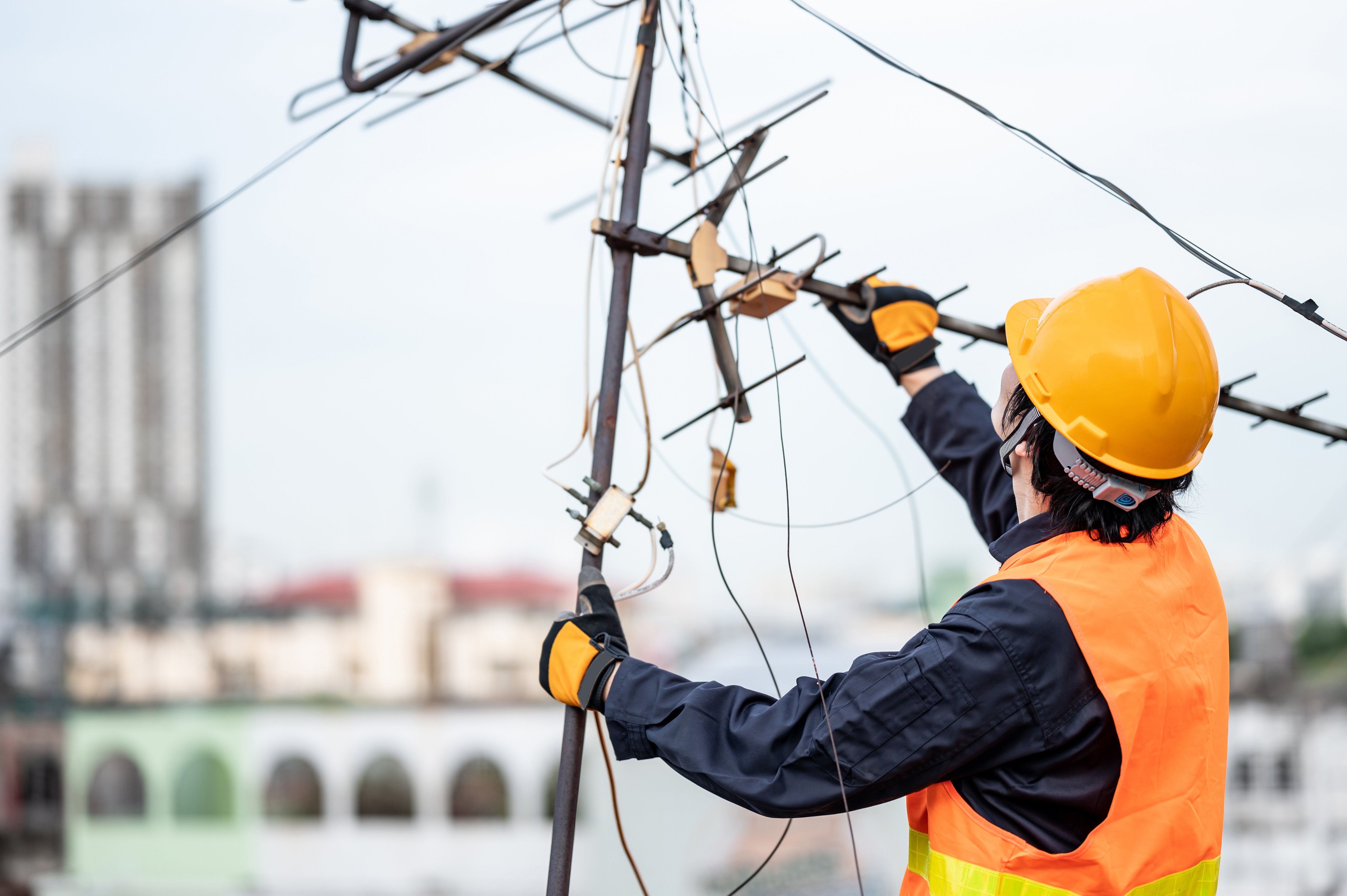
Implementing OTA in your facility is relatively straightforward. All you need is an outdoor antenna, and coaxial cable to distribute the signal throughout your facility.
A high-quality OTA antenna has a one-time cost of $200-$300. The antenna should be installed at the highest point on the roof. It's wise to consult with a professional to help with channel mapping and signal quality.
Additionally, special antennas can overcome obstacles like mountains, trees, and distance, to improve signal reception. Maintenance is minimal unless there’s a windstorm that takes the antenna down. Coax cable is sturdy and should last for decades with quality cable. Antennas can be easily replaced if damaged.

Healthcare facilities, especially those providing extended treatments like dialysis clinics or cancer centers, can leverage OTA TV to enhance patient satisfaction.
Combining OTA with interactive solutions like GENiO offers patients a personalized entertainment experience. Access to local channels for news, weather, and emergencies becomes a daily convenience, contributing to a positive patient experience.
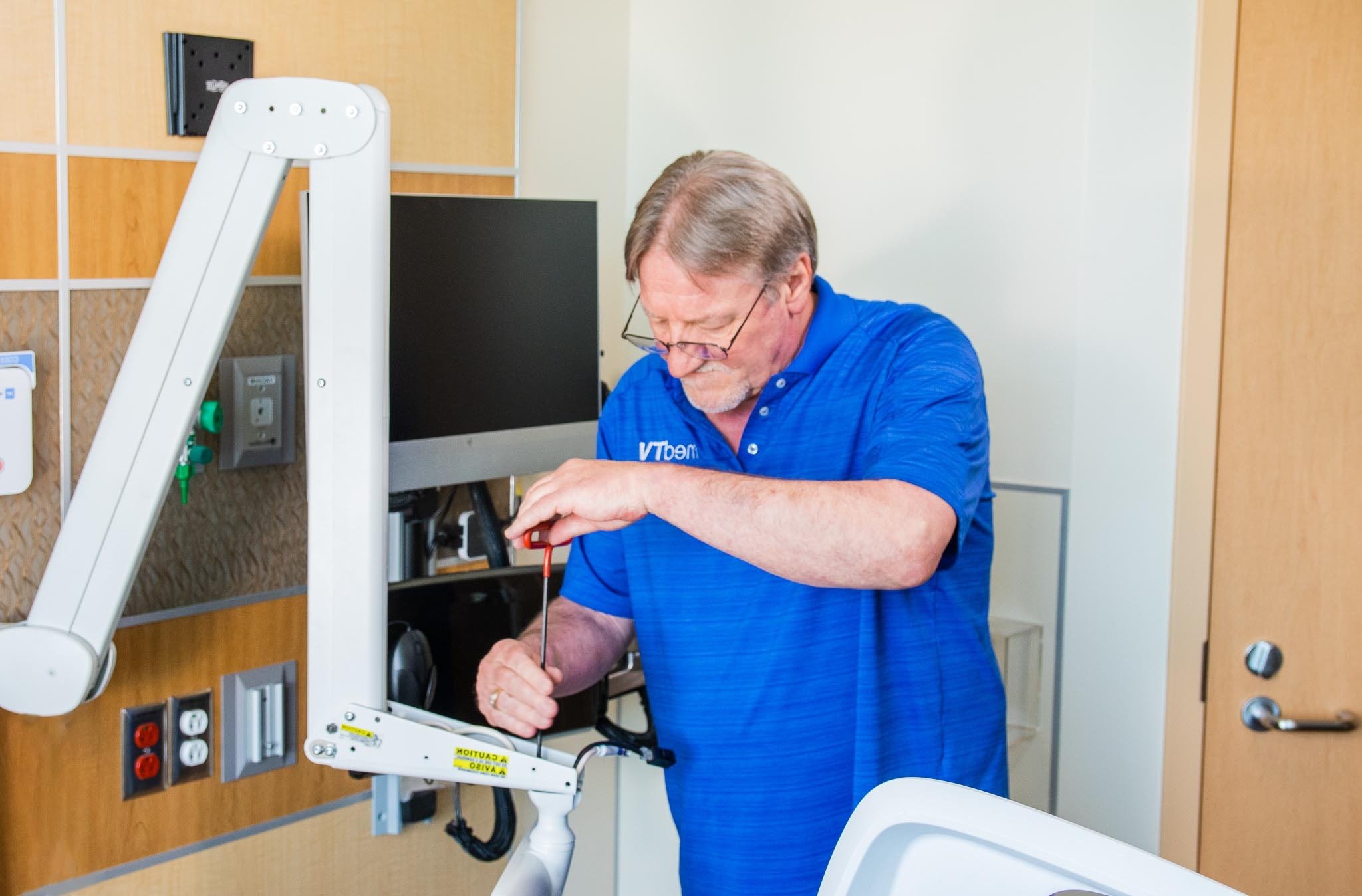
Before implementing OTA TV in your facility, it's important to assess whether it's the right fit for your specific needs and location. Consider factors such as the availability of local television stations in your area, barriers to clear signal, the preferences of your patients, and the potential impact on your existing entertainment systems.
Consulting with a professional in the field can help you make an informed decision and ensure a seamless integration of OTA into your facility.
PDi has over 40 years of experience in identifying, installing, and supporting the right combination of services to meet the needs of your facility. If you're considering OTA, PDi can help you determine which, how many, and the quality of channels you can receive.
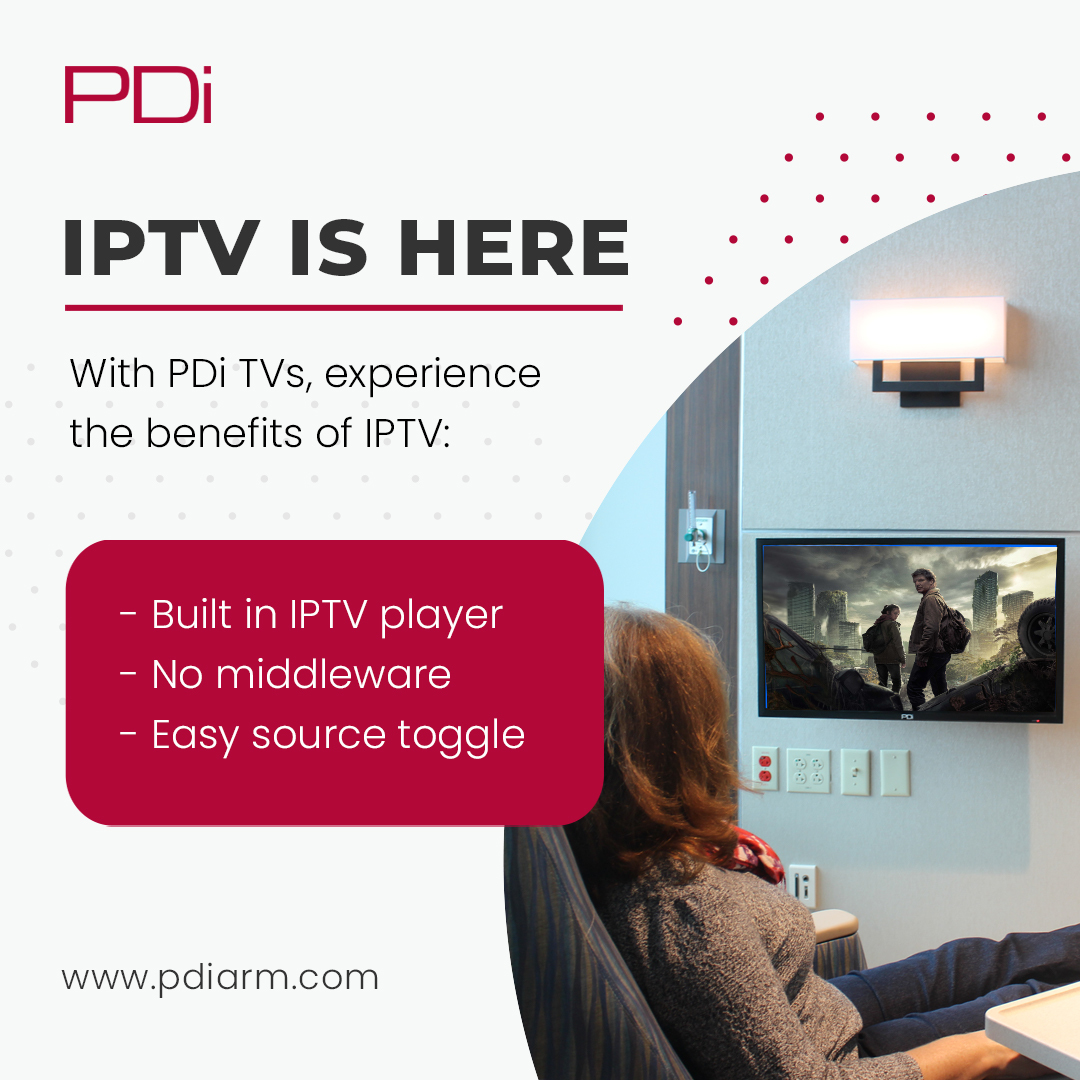
In healthcare settings, providing entertainment options like TV is essential for patient satisfaction and comfort. A high-quality TV signal system is...
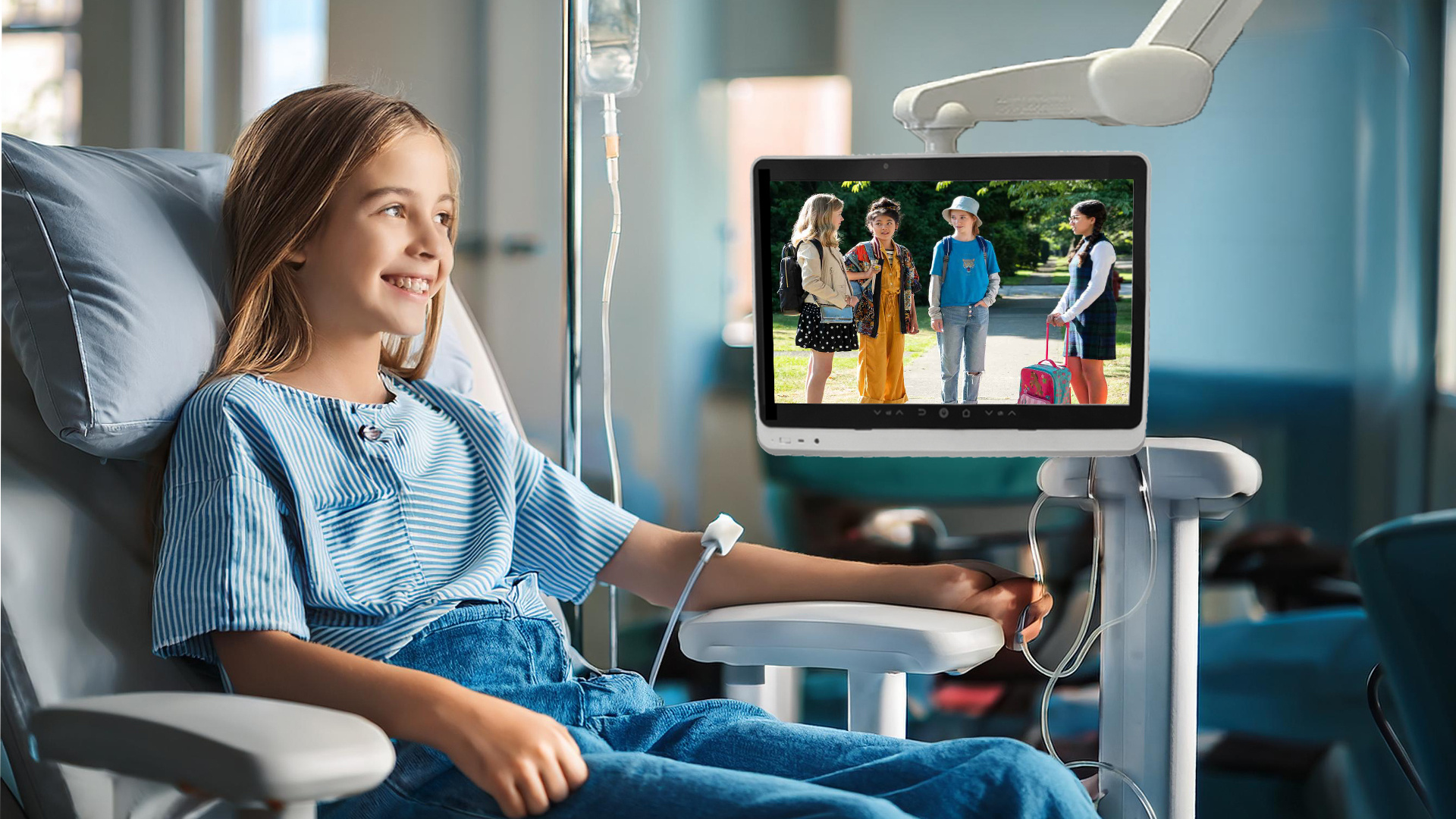
Recently, healthcare facilities, especially those in the rural and Midwest, have encountered challenges with cable TV signal providers requiring...
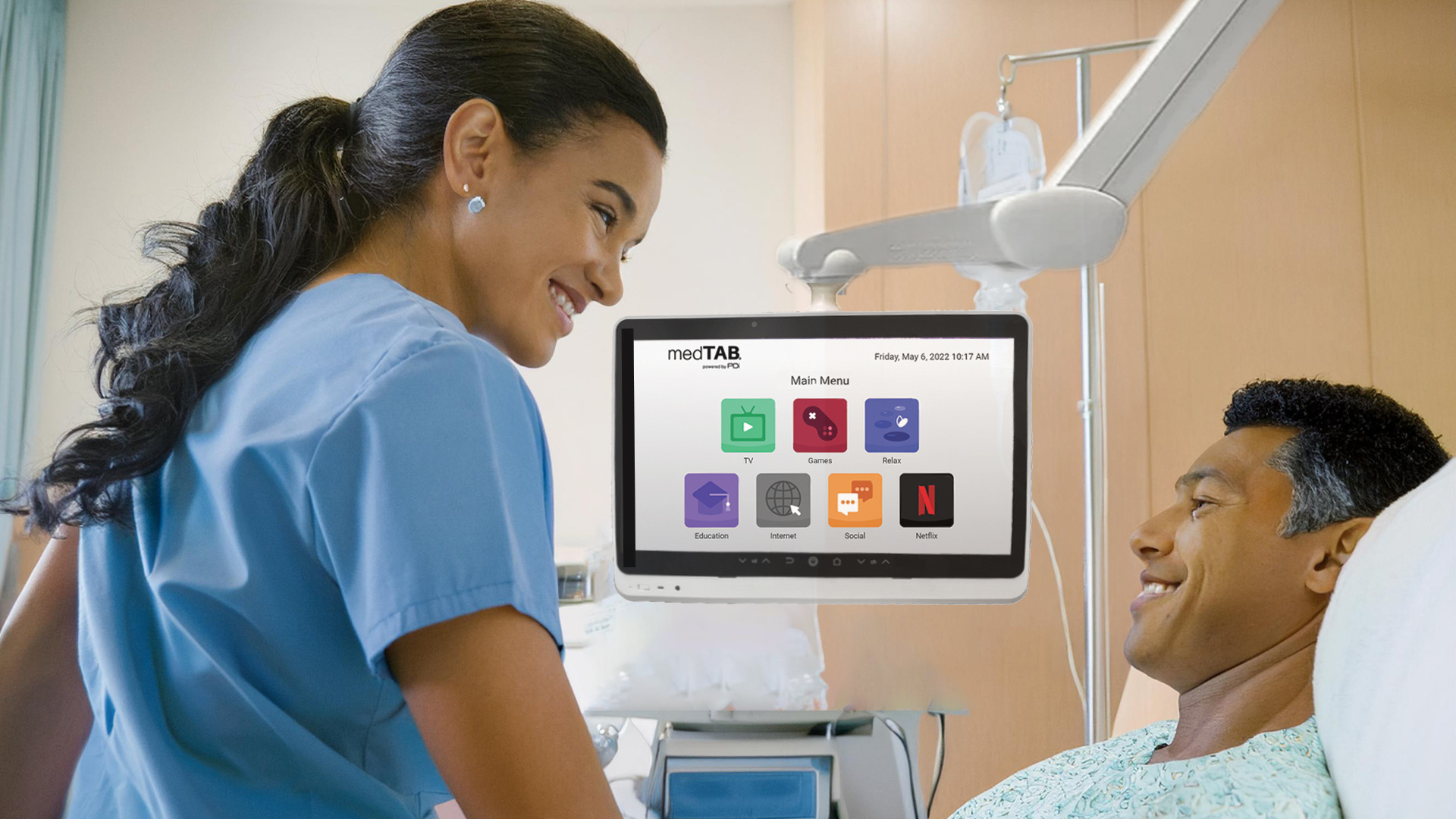
In today's healthcare landscape, patient experience is paramount. Hospitals and medical clinics are increasingly turning to innovative technologies...